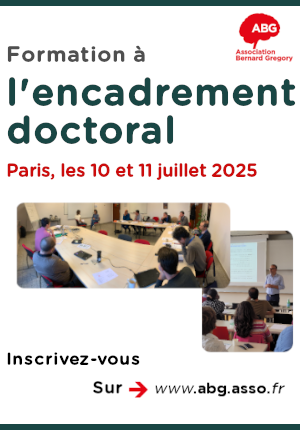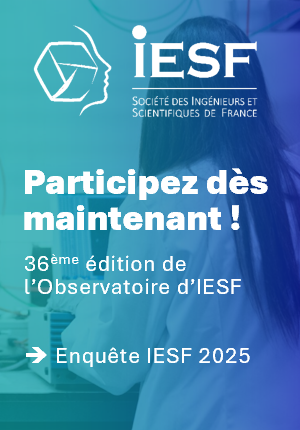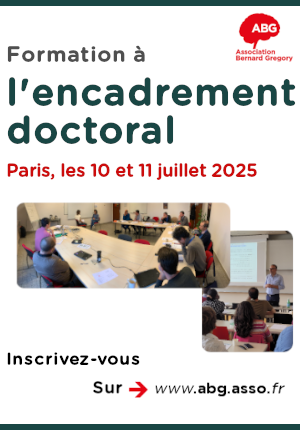Mechanosensitivity of the gastrointestinal tract to fluid rheology: impacts on motility and flow dynamics.
| ABG-131408 | Sujet de Thèse | |
| 24/04/2025 | Contrat doctoral |

- Sciences de l’ingénieur
Description du sujet
The gastrointestinal (GI) tract is a highly complex biological system where chemical, physical, and microbiological processes interact to break down food and facilitate nutrient absorption. It is well established that transport and mixing within the digestive system are governed by the mechanical activity of smooth muscles surrounding the GI tract. Understanding the hydrodynamic transport induced by gut motility is therefore crucial for multiple research fields in biological sciences.
In pharmaceutical and nutritional sciences, a detailed understanding of how drugs and nutrients are transported, mixed, and absorbed is essential for predicting the efficacy of pharmacological and dietary interventions. While the (bio)chemical processes involved in digestion are relatively well understood, the physical aspects—such as mixing, propulsion, and the impact of gut motility—remain less explored. Further along the digestive tract, the digesta encounters a rich and diverse microbial community. Despite significant advances in characterizing microbial composition and function, the spatial organization of these microbial populations within the gut remains poorly understood. A more detailed description of transport phenomena in the GI tract could provide key insights into the physiological effects of dietary interventions (e.g., fiber consumption) and the spatial dynamics of microbial changes.
The physical environment of the GI tract is highly complex. First, the digesta is a heterogeneous suspension with non-Newtonian properties, and the mucus layer lining the intestinal walls is a heterogeneous gel. Additionally, the flow in the GI tract operates at multiple scales, influenced by sub-millimeter villi structures covering the mucosa, which further modulate mixing and absorption dynamics.
In this PhD project, we focus on how the rheology of digesta regulates GI tract motility and transport processes. GI tract motility is controlled by both the enteric nervous system and myogenic activity. Both smooth muscles and the enteric nervous system exhibit mechanosensitivity, meaning they respond dynamically to distension and pressure changes. Research conducted by the LRP and TIMC teams has demonstrated that duodenal motility varies depending on the degree of smooth muscle stretching, transitioning from asynchronous contractile activity at low stress to propagating contractions at high stress. Moreover, the GI tract is capable of generating pressure gradients, which play a key role in fluid transport thanks to mechanosensitive responses. In the stomach, biomechanical activity is modulated by the structure and rheology of gastric contents influencing mixing phenomena that homogenize spatial heterogeneities such as pH gradients.
The objective of the thesis is to understand how fluid rheology influences GI tract motility, transport, and mixing.
The approach will be either experimental or based on numerical modeling. On the experimental side, ex vivo models of the isolated stomach and duodenum of the rat will be used to investigate how motility adapts to different fluid properties, with advanced visualization techniques employed to quantify both motility and mixing dynamics within the GI tract. Alternatively, numerical simulations may be developed to provide predictive insights into the biomechanical behavior of the system and validate key mechanistic hypotheses.
Nature du financement
Précisions sur le financement
Présentation établissement et labo d'accueil
This project involves two laboratories: the Laboratoire Rhéologie et Procédés (expertise in complex fluid mechanics and soft matter) and TIMC (expertise in physiology). Regular exchanges will be established with these laboratories, which will provide their respective expertise and support. The research will be carried out at both the Laboratoire Rhéologie et Procédés and TIMC under the supervision of Clément de Loubens and Stéphane Tanguy. Both laboratories are located on the Grenoble university campus.
The Laboratoire Rhéologie et Procédés is a joint research unit of CNRS and Université Grenoble-Alpes. It conducts both academic and collaborative research in the field of rheology and process engineering, with applications in various sectors such as healthcare, material synthesis, and shaping processes. It comprises around sixty members, half of whom are PhD students and postdoctoral researchers.
TIMC brings together scientists and clinicians to apply computer science and applied mathematics to the understanding and control of normal and pathological processes in biology and health. TIMC has approximately 300 members across 11 research teams, including around 160 permanent staff.
Etablissement délivrant le doctorat
Profil du candidat
The skills expected are : - experience and knowledge in fluid mechanics, biomechanics, rheology and/or soft matter physics; - ability to process data: use of Matlab / Python (or equivalent), notions of statistics and programming; - a strong taste for experimental or numerical research: ability to set up an experimental device, ability to use a scientific instrument after training, ability to develop advanced codes of simulations. - a well-developed ability to summarize results and observations in order to draw conclusions; - scientific curiosity: questioning observations and results obtained with a critical mind and in the light of scientific literature; - scientific communication skills (oral and written): ability to write a scientific article, give an international conference. - an interest in cross-disciplinary research involving the use of engineering knowledge to understand physiological mechanisms is essential. Diploma required: The candidate must hold a Master 2 with skills in fluid mechanics, soft matter and chemical engineering. Level of French required: Elementary. You can understand the language in basic everyday situations if the person you are speaking to speaks slowly and clearly. You can understand and use simple expressions. Level of English required: Upper intermediate. You can use the language effectively and express yourself precisely.
Vous avez déjà un compte ?
Nouvel utilisateur ?
Vous souhaitez recevoir nos infolettres ?
Découvrez nos adhérents
 CASDEN
CASDEN  MabDesign
MabDesign  Laboratoire National de Métrologie et d'Essais - LNE
Laboratoire National de Métrologie et d'Essais - LNE  ASNR - Autorité de sûreté nucléaire et de radioprotection - Siège
ASNR - Autorité de sûreté nucléaire et de radioprotection - Siège  SUEZ
SUEZ  TotalEnergies
TotalEnergies 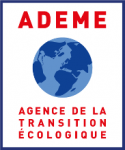 ADEME
ADEME  MabDesign
MabDesign 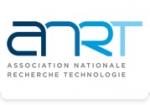 ANRT
ANRT  CESI
CESI  Tecknowmetrix
Tecknowmetrix  Groupe AFNOR - Association française de normalisation
Groupe AFNOR - Association française de normalisation  Ifremer
Ifremer  Institut Sup'biotech de Paris
Institut Sup'biotech de Paris 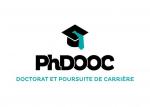 PhDOOC
PhDOOC  Aérocentre, Pôle d'excellence régional
Aérocentre, Pôle d'excellence régional  ONERA - The French Aerospace Lab
ONERA - The French Aerospace Lab  Généthon
Généthon  Nokia Bell Labs France
Nokia Bell Labs France

